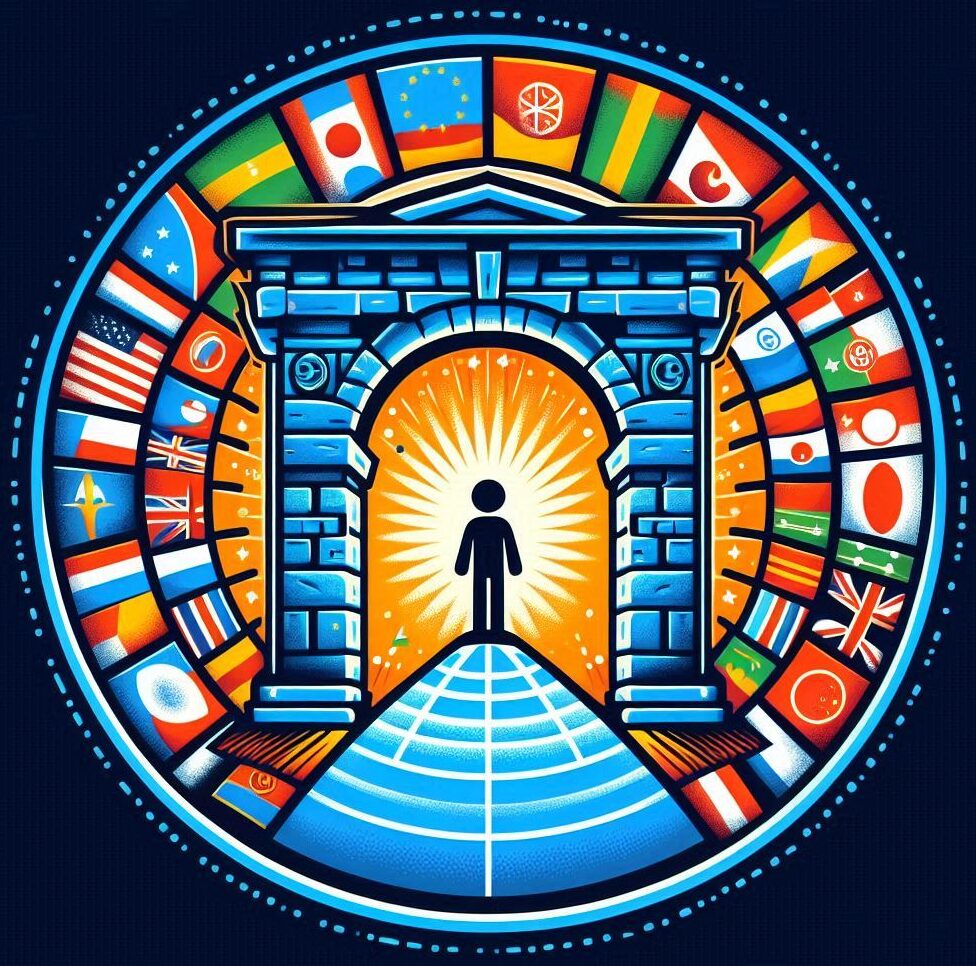
Language is always evolving. One day, a word can mean one thing and a few centuries later, it can mean something totally different. This phenomenon isn’t just fascinating—it’s also crucial for understanding our history and culture.
Semantic change, which refers to the evolution of word meanings, is influenced by various factors. Some of these include technological advancements, cultural shifts, and social interactions. Keeping up with these changes does more than make us better communicators; it helps us appreciate the richness of our language.
Historically, the meanings of words have shifted in tandem with societal changes. For instance, did you know that the word ‘nice’ used to mean ‘ignorant’ or ‘foolish’? Over centuries, its meaning evolved drastically to become a compliment. This kind of shift can be both subtle and dramatic.
Knowing the history of language evolution isn’t just for linguists. It’s like a cultural treasure hunt that connects us to the past. For example, tracking how the term ‘girl’ went from meaning a young person of either sex to specifically a female child can give us insights into gender roles and societal structures of different eras.
Understanding these changes also holds practical value. In today’s fast-paced world, where new slang terms pop up overnight and old words take on new life, staying updated can keep us from misinterpretation. Just think about how the word ‘mouse’ can refer to both a small rodent and a computer accessory. It’s essential to recognize these shifts to stay relevant and clear in our communication.
From Innocent to Provocative: Words That Took a Dramatic Turn
Languages reflect societies, and as our world changes, so do the words we use to describe it. Some innocent terms have gone through significant transformations, acquiring meanings that are more provocative or even offensive. Understanding these shifts can help us navigate communication more effectively.
Take the word ‘silly’. Originally, it meant ‘happy’ or ‘fortunate’. Over the centuries, its meaning shifted to ‘naive’ or ‘innocent’ before finally landing where it is today—a term for something foolish or laughable. This change can seem mind-bending, but it reveals how words adapt to societal norms and attitudes.
Another example is ‘gay’. Before the mid-20th century, it primarily meant ‘joyful’. Over time, it became common slang for ‘homosexual’, illustrating how social movements and cultural acceptance can redefine language. Today, ‘gay’ is widely recognized in its modern context, showing how far linguistic evolution can go.
Words can also become offensive or derogatory. Considering the word ‘bimbo’, which initially referred to an attractive woman fondly, it later evolved to describe a woman perceived as attractive but unintelligent. This shift reflects changing societal views on gender and intelligence, showing how word meanings can carry heavier societal implications over time.
Navigating these words involves more than just knowing their meanings. It requires sensitivity to their historical context and their present-day implications. Using them correctly can prevent misunderstandings and demonstrate social awareness. Just like how ‘ignorance’ about the old and new meanings of ‘silly’ can lead to a communication faux pas, knowing these shifts keeps us well-informed and respectful in our language use. Understanding the transformation of words like these reminds us to be mindful of history when communicating today.
The Shift in Everyday Vocabulary: Common Words With New Contexts
In our fast-changing world, everyday vocabulary gets a fresh coat of paint more often than you’d think. Words we use daily shift in meaning due to cultural trends, technological advances, and social changes.
For example, ‘cloud’ traditionally referred to those fluffy things in the sky. Enter the digital age, and now it’s a foundational concept in computing and data storage. This shift has turned a weather term into a tech term, showing how language can adapt to innovations.
Then there’s ‘viral’. Pre-internet, it described the spread of diseases. Today, it’s used to talk about a trending video or meme, thanks to the rapid spread of information online. The evolution of ‘viral’ demonstrates how our digital culture shapes language.
‘Swipe’ no longer just means a physical motion. With the rise of smartphones and dating apps, ‘swipe’ has taken on a whole new context. Now, it’s synonymous with choosing or rejecting by a simple finger motion. This term’s new meaning reflects the influence of technology on our daily interactions.
Keeping up with these shifting meanings is essential. Imagine using ‘tablet’ in its traditional sense, meaning a slab or surface to write on, when everyone else is thinking of a sleek, portable touchscreen device. Context matters, and knowing these newer meanings helps in staying relevant.
Understanding these changes enhances communication, showing a grasp of both contemporary and historical language. It’s not just about keeping up with the latest slang; it’s about recognizing how language evolves with time and technology, helping us stay connected in an ever-evolving world.
Revitalizing the Archaic: Words That Have Returned With New Meanings
Language isn’t just about keeping up with current trends; sometimes, it’s about breathing new life into old words. Some archaic terms have made dramatic comebacks, adopting completely new meanings while enriching our vocabulary.
Take the word ‘awful’. It used to mean ‘full of awe’ or something that inspired wonder. Over time, its meaning flipped to describe something terrible or unpleasant. Recently, though, you might hear someone describing an awe-inspiring event as ‘awfully good’—a strange blend of its old and new meanings.
Another example is ‘meat’. In earlier times, ‘meat’ referred to any kind of food. Now, it specifically means animal flesh, and we use the word ‘food’ more broadly. Despite falling out of its generalized use, understanding its old meaning gives us a richer grasp of historical texts and contexts.
‘Gay’ has also seen a shift, but not in the way it’s commonly understood today. Before meaning joyful and then becoming a term for homosexual, it also had a connotation of being showy or bright. This layered history adds depth to our understanding of the word and its applications in literature and social contexts.
Then there’s ‘thou’, an archaic pronoun for ‘you’. While it fell out of everyday use, it’s been revived in certain religious texts and modern poetry to convey a sense of solemnity or antiquity.
Understanding these revived words isn’t merely academic; it helps us connect the past with the present. This knowledge can offer a richer, more nuanced way of thinking and communicating, enhancing our interactions whether we’re discussing literature or engaging in everyday conversation.
Revitalized words remind us that language is a living, dynamic entity. They serve as a bridge between eras, making old texts more understandable and demonstrating that even ‘archaic’ language has a place in our modern world. Embracing these changes doesn’t just make us better communicators; it helps us appreciate the timeless nature of human expression.

